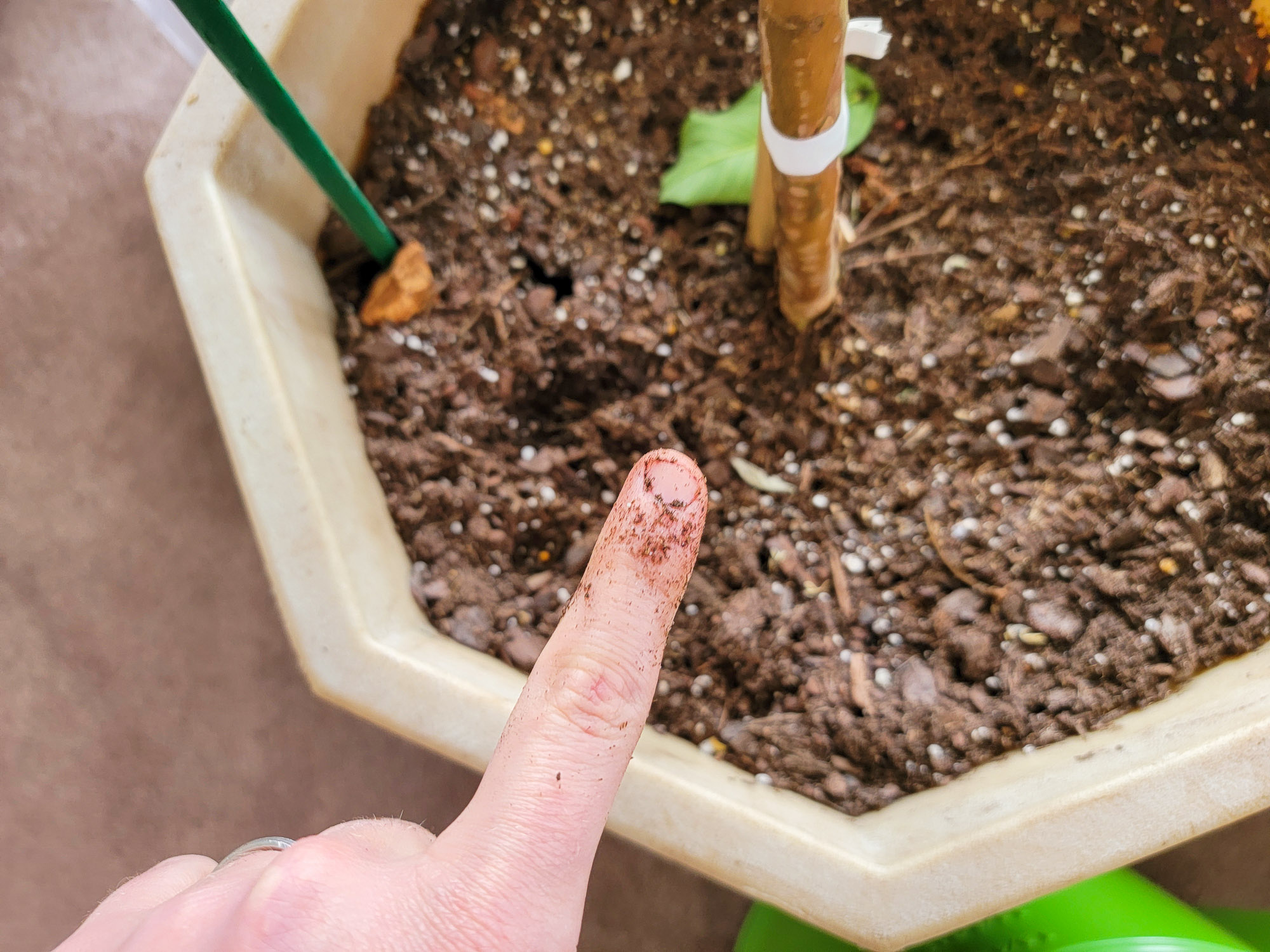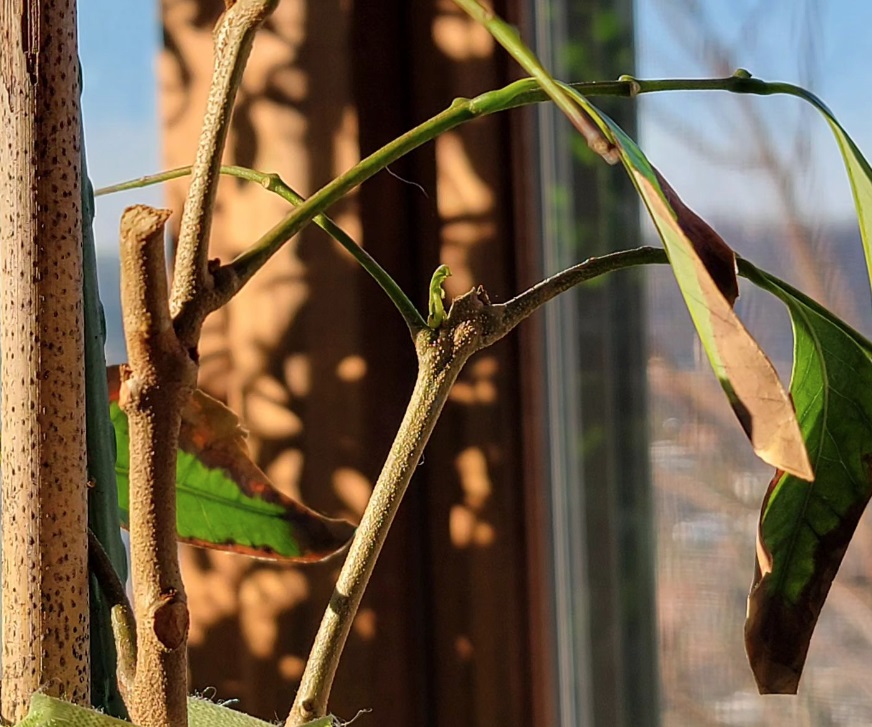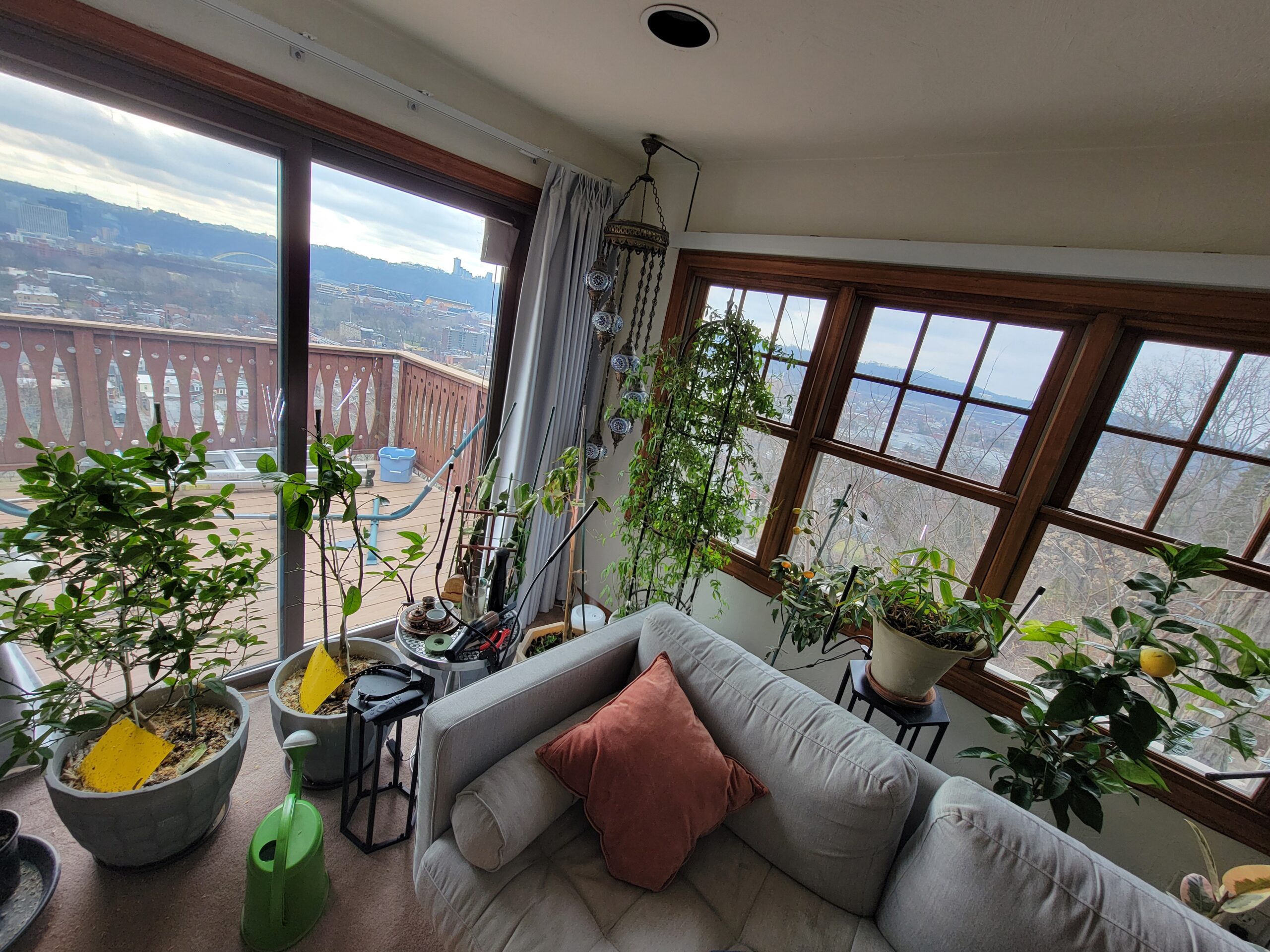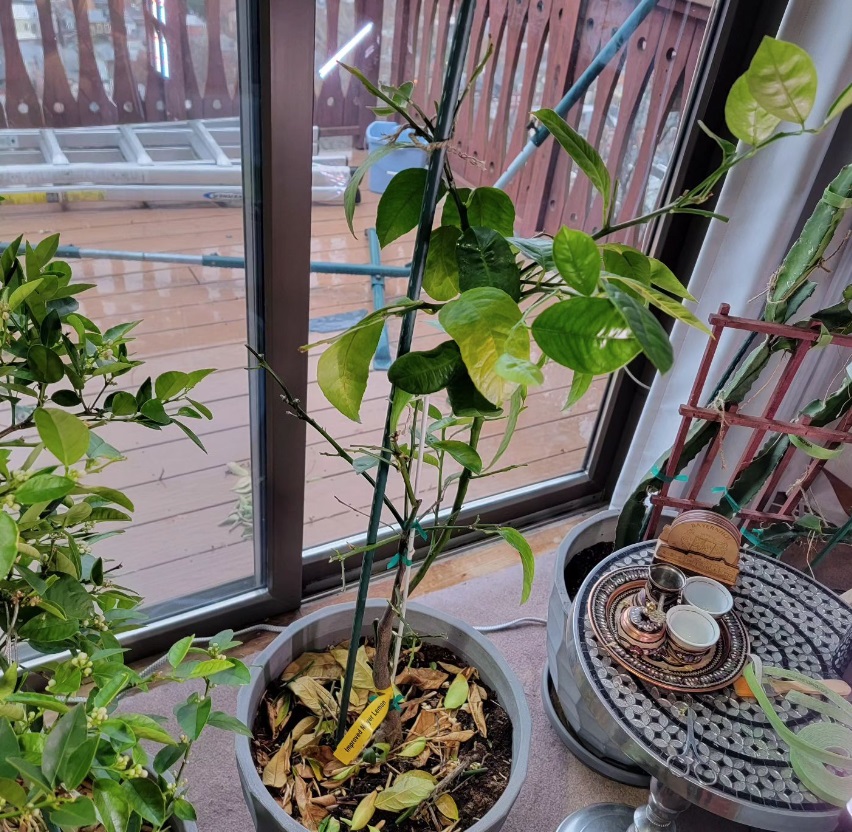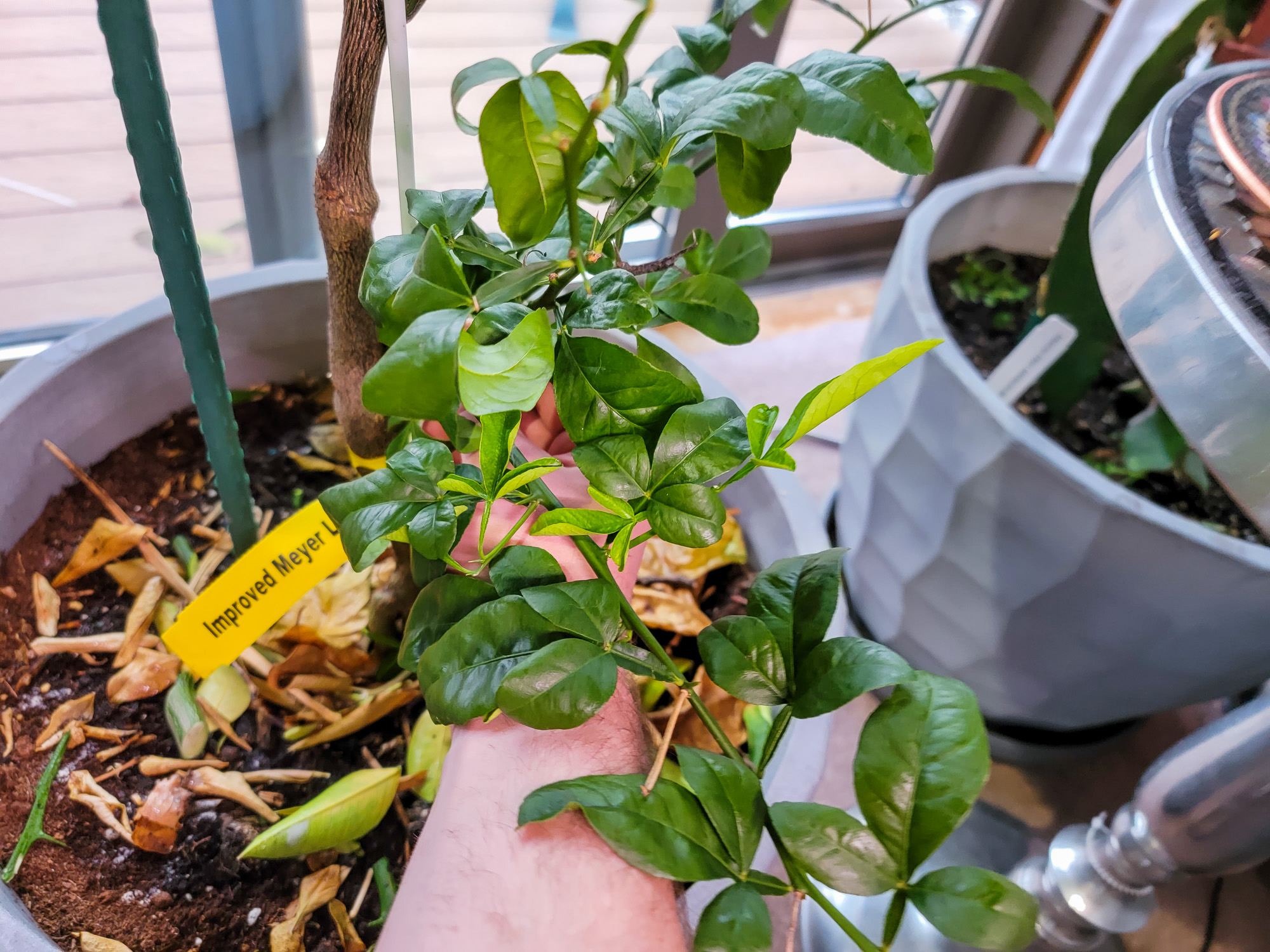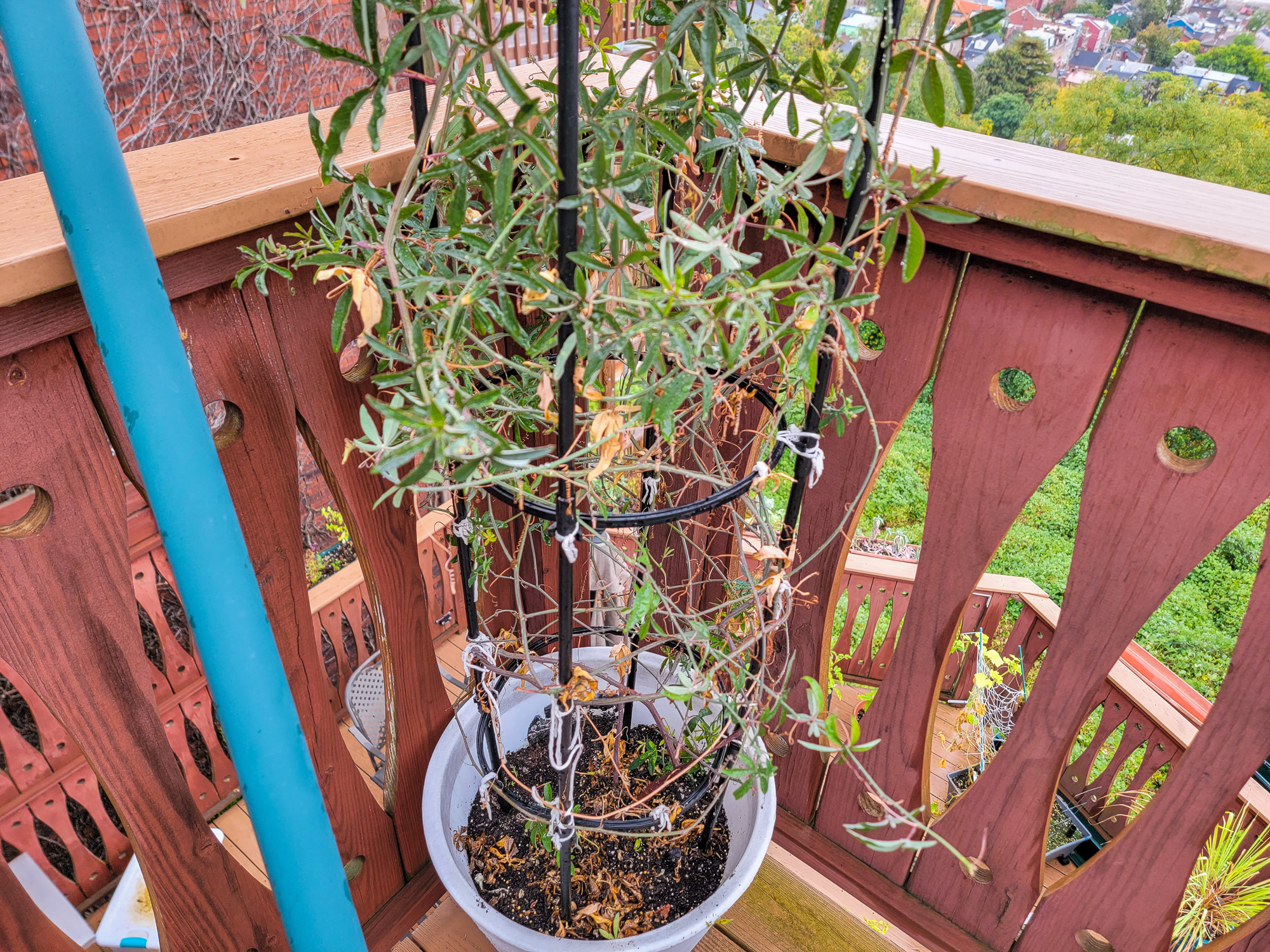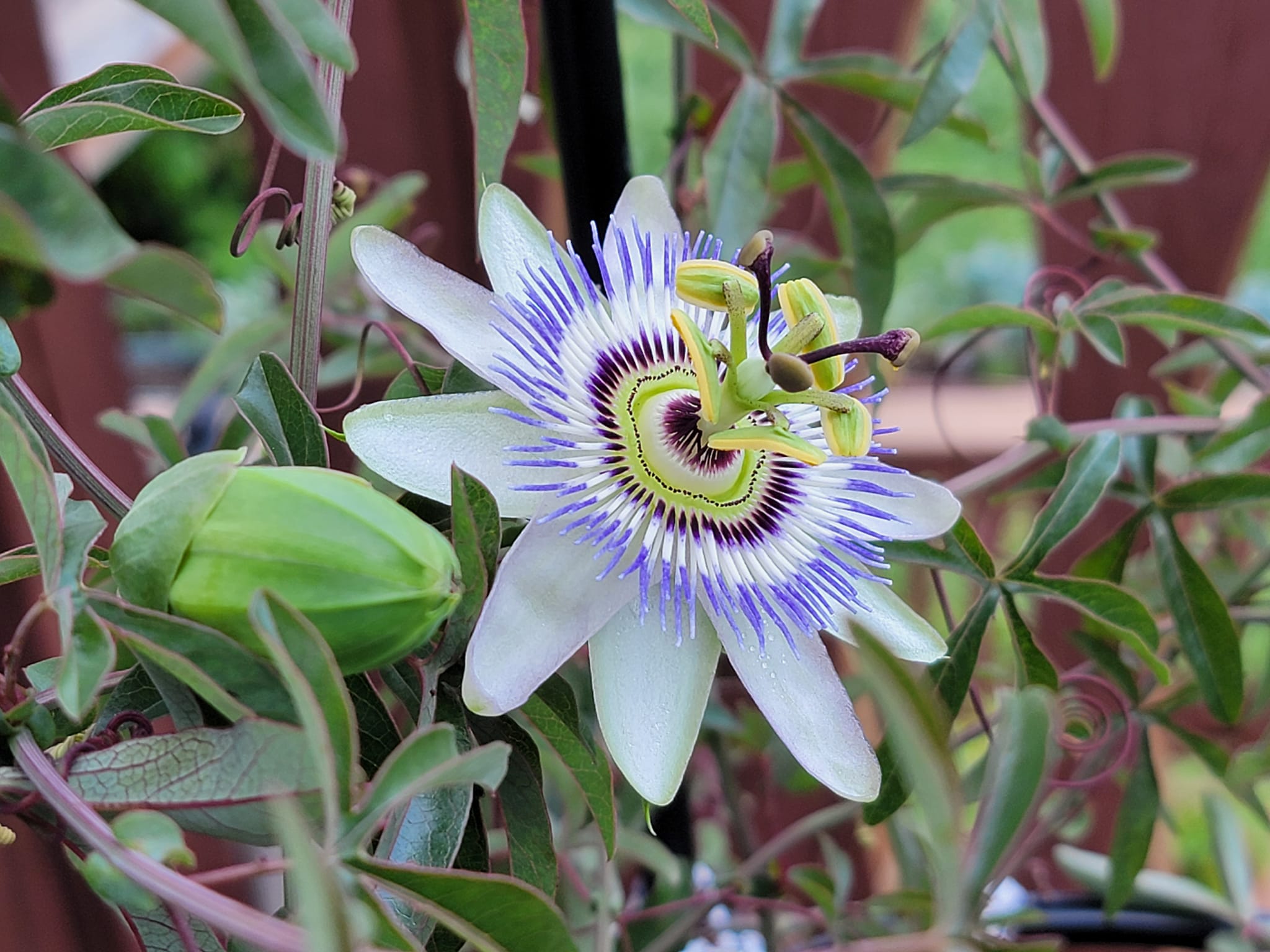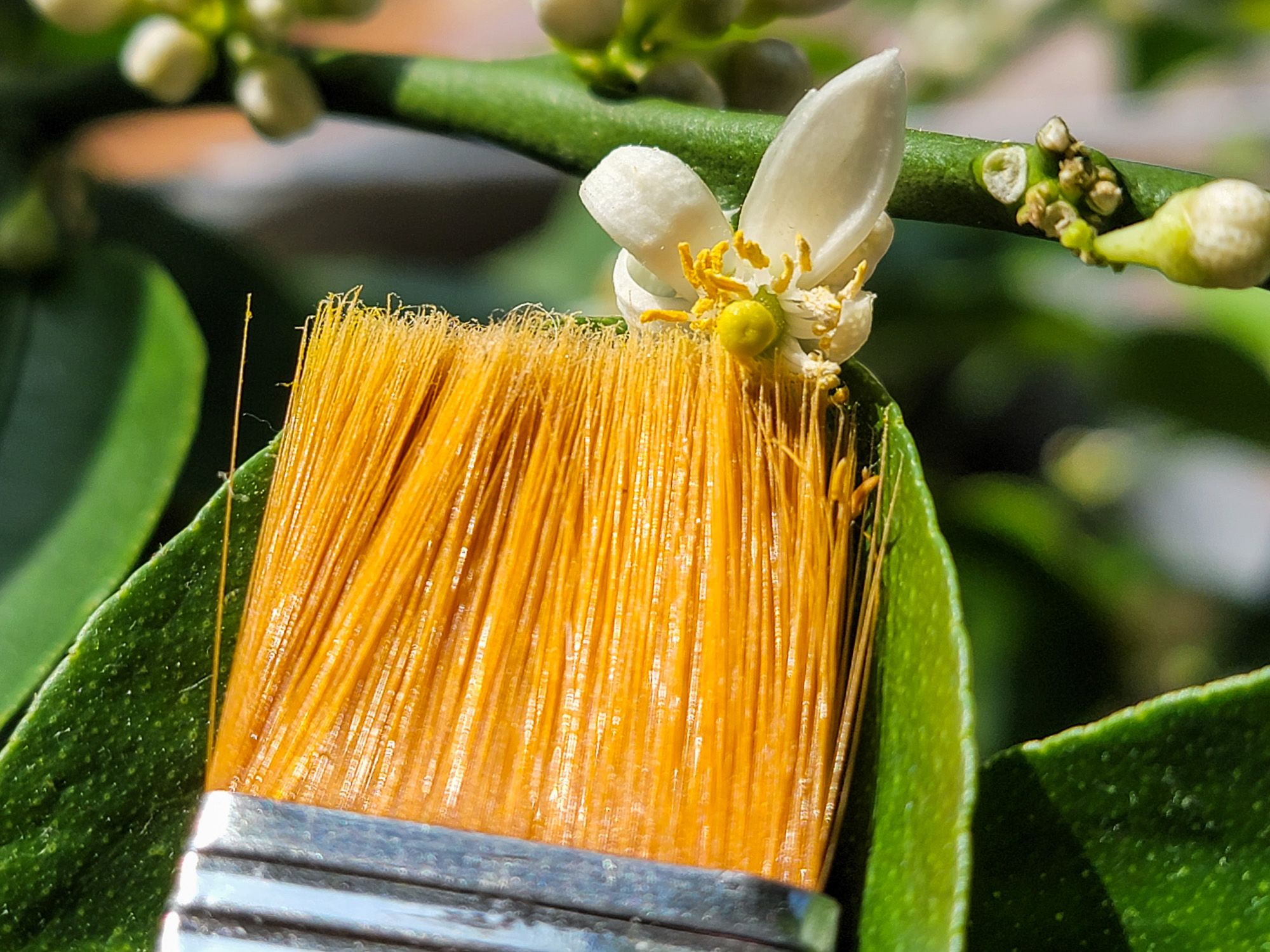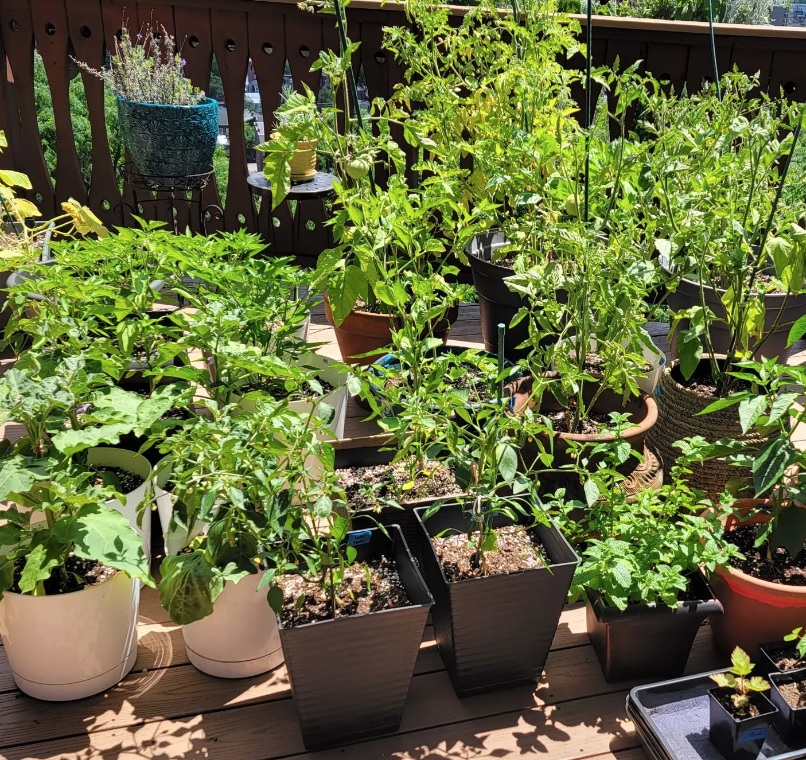For our tropical fruit trees in pots, getting watering right is critical. Water too much and you may trigger root rot and kill the plant. Water too little and you may lose fruit or, in extreme cases, kill the plant. When in doubt, I'd almost always go too dry as most of our trees can manage that scenario far better than being too wet.
So, that begs the question, when is the right time to water?
Most articles I had read on this topic simply offered a set watering frequency for each specific plant and left it at that. However, general watering intervals are often not good enough due to the many variables that impact our plants. Are your plants indoors or outdoors? Is the humidity high or low? Is it warm or cold? Is the plant big or small? Is it growing vegetatively or producing fruit? All of these can significantly influence how much water they will need.
To get a handle on your trees, you'll need to do some checks!

